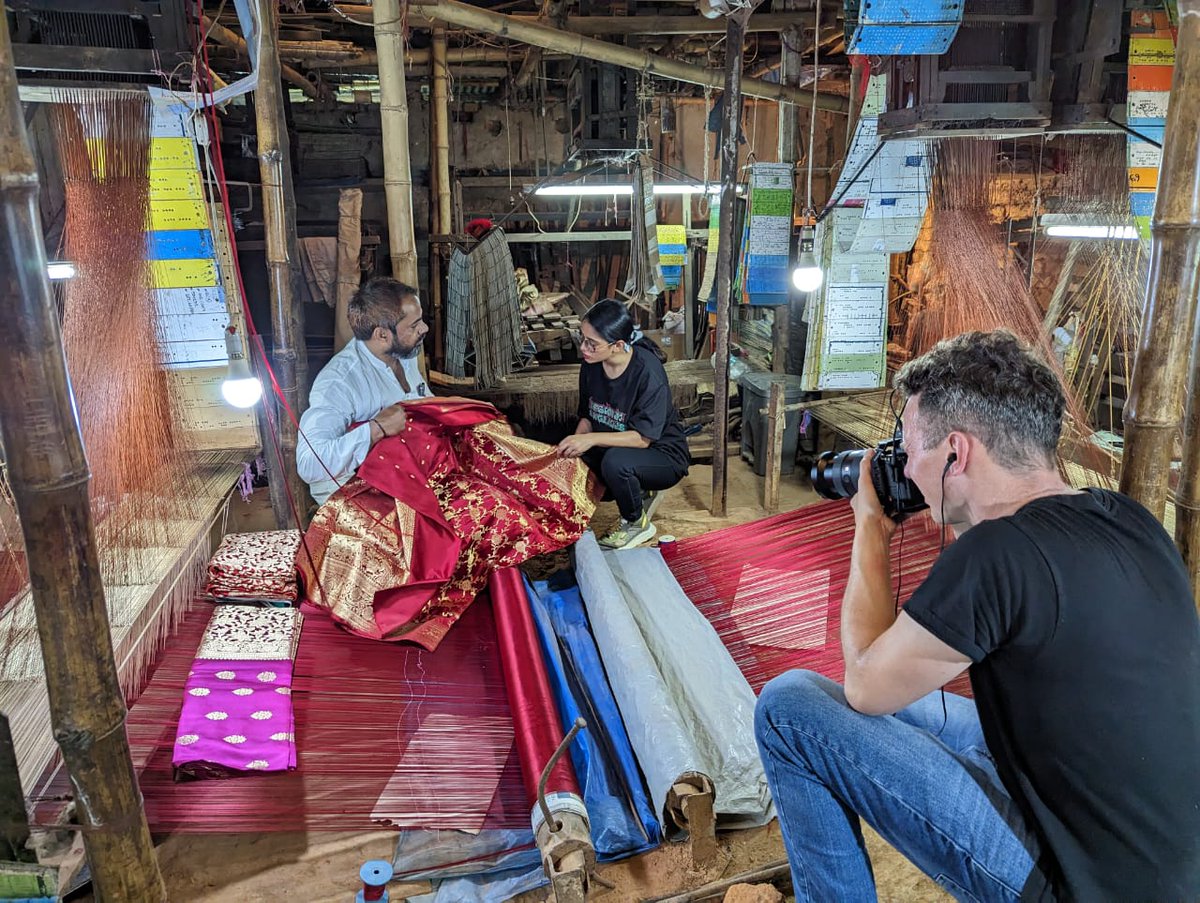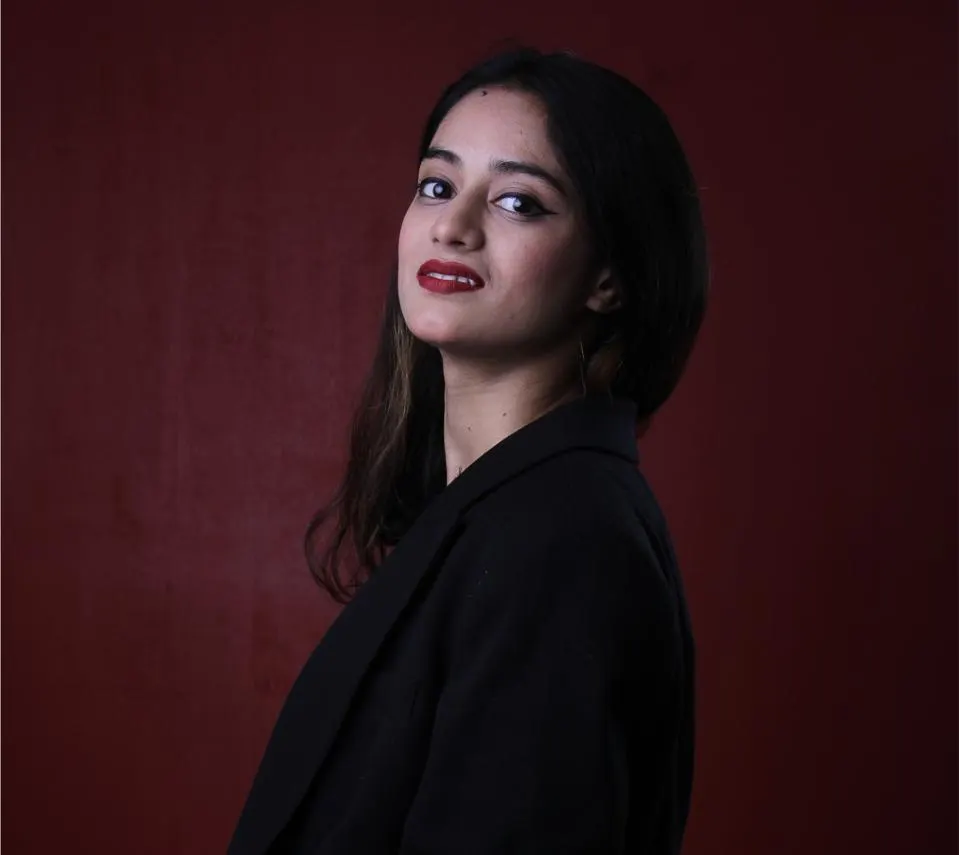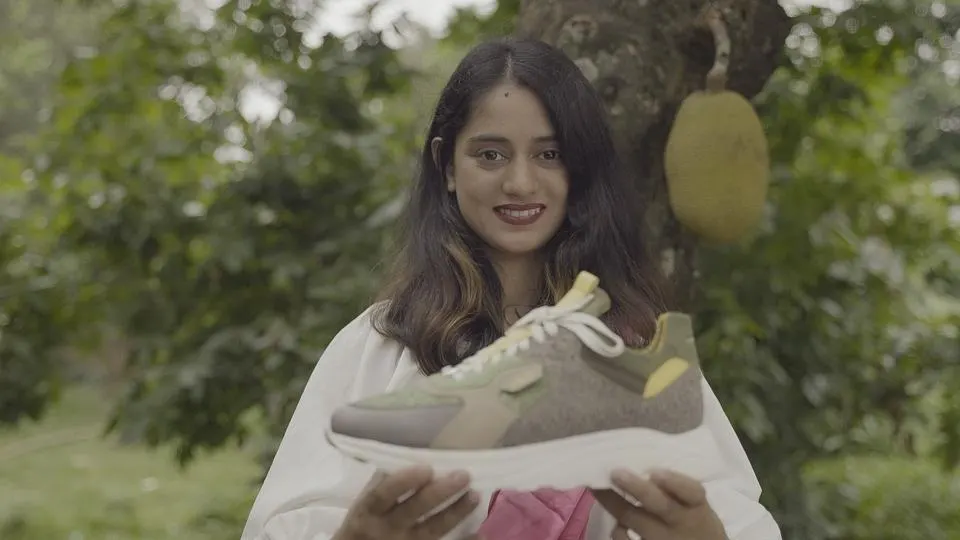
Dhaka Through the Eyes Of A Bangladeshi Fashion Designer
Rokaiya Ahmed Purna is considered one of South Asia’s leading fashion designers from Bangladesh. The Dhaka resident specializes in native textiles and expresses her cultural background throughout her collections, exemplified in her own “RAP” label that has become much more than a destination for timeless Bangladeshi culture fusion and couture. After showing her stunning collection at Russia’s Fashion Week in 2019, the designer was identified for redefining Bangladeshi fashion on the world stage, with her cultural fabrics, folk motifs and textiles that exude her country’s heritage and intriguing ethnicity.
Rokaiya has also made it her life’s mission to help empower ethnic and minority women through skill development training, in an effort to inspire others from her homeland who may like to follow in her footsteps when pursuing a career in fashion or the visual arts.
In an effort to flip the script on the fashion world’s unethical practices in the Global South, Rokaiya has collaborated with ekn, a sustainable footwear brand from Germany, to design a ‘vegan sneaker’ known as the “ekn Kamthala,” designed with inspiration taken from Bangladesh’s national fruit, the jackfruit (Kamthala translates as jackfruit in Bengali).
Last week, the ekn Kamthala was launched as the world’s first sustainable shoe “designed in Bangladesh and made in Europe,” as a collaborative statement by the designer and Frankfurt-based eco-sneaker brand. Their purpose is to spotlight talented fashion designers in ethnic countries and regions that are usually exploited by the fashion world’s unethical practices and inhumane work environments.
ekn has found a talent in Rokaiya within a subculture where talent is seldomly looked for, producing a stylish unisex sneaker inspired by her homeland, its national fruit, and made with vegan materials.
We caught up with the Bangladeshi designer on her life and love for her country’s capital.

What do you most love about living in Bangladesh?
The nature and the omnipresent rural flavor, the heritage, our bustling, energetic society, our foods, and how we celebrate our festivals, which are really colorful. Here people have the strength of togetherness since we fought together for our liberation in 1971, and we also fought to retain our language. Since 1952 we have celebrated Language Martyr’s Day on February 21st, which is a glorious example of true togetherness for me. I have so much love and respect for this country.
What is your favorite hidden gem in Dhaka for some ‘me-time’ or to visit with friends?
Lalbagh Fort is one of the key tourist attractions of Dhaka City. Located in Old Dhaka, it is a very popular and renowned fort and a great architectural legacy from the Mughal Empire. It is also known as Fort Aurangabad, and is situated by the bank of the river Buriganga. It has rich red soil, and I feel so calm there. I would recommend a trip there to anyone visiting Bangladesh.
But for me the most precious place is always my hometown, Faridpur, it’s my ultimate me-time place, and somewhere I’d like to show to everybody. It’s my peace, my luxury time, it’s part of my story, and it flavored my life. I call it my diamond place.
Tell us one thing about the capital that even locals wouldn’t know.
Previously Dhaka was called Jahangir Nagar, and Mughal Subedar named the city Dhaka. Legend has it that the city is called Dhaka due to the fact that the instrument called the Dhak was heard playing in the Dhakeshwari temple one day by Mughal Subedar and that decided the name of the city.
When you’re not working all hours of the day, what is your favorite pastime in the city?
I love to go to Justice Shahabuddin Ahmed Park, because the nature and the trees there remind me of my hometown, and my childhood. There I can just be myself and reflect on my life so far, and the fact of being what I am today.

How would you describe the fashion sense in Dhaka for people of your age?
The Dhaka locals of my age group are really into fashion, but not every new style, and mostly they tend towards ready-to-wear clothes. Generally, they wear a mix of local and international brands, except when it comes to our festivals and national celebration days, when everyone goes with local, native styles. Also, sometimes people like to wear a fusion of contemporary and native styles.
Why did you take inspiration for the ekn Kamthala sneaker from your country’s own jackfruit?
The jackfruit is our country’s national fruit, but there’s so much more to say about it. This is not only a fruit tree, it is a source of inspiration that comes from my roots, my life and where I spent most of my childhood. It’s also a reminder of my hometown, where the trees and nature made me who I am today.
What is your favorite Bangladeshi dish?
So many, but mostly my mom’s dishes as she is a really an amazing cook. But one food I love most is Fuchka. Also known as Panipuri, Fuchka is a deep-fried crisp flatbread filled with a mixture of flavored water (known as imli pani), tamarind chutney, chilli powder, chaat masala, potato mash, and onion, or chickpeas
You are known for empowering local women in the fashion industry. Describe your work in that area.
I do social work as a volunteer, helping to empower ethnic, minority community women, through skill development training. Also, during my fashion show, I worked with them on fabric development, often adding my contemporary flavor to make them design pieces.
For future fashion and design students, I take part in conferences and seminars, sometimes taking classes to offer my ideas about design and creative development skills. I also share my own journey of getting into the fashion industry in the hope that it will inspire them. To support women during COVID, I developed a range of small scarves to help to support female heritage textile weavers, and to help them to be more financially solvent during a hard moment.
Which fashion designer do you most admire and consider an inspiration or role model?
When it comes to who I admire the most, fashion is not a constant in how I get my inspiration. I take inspiration from many different things from other creative people and the various ways they contribute positively to society through their hard work aiming at positive change. I like Coco Chanel, Karl Lagerfeld, Anna Wintour, Dior, Maria Grazia Chiuri and many more designers from the present and the past. But my greatest admiration is for my grandfather. He is not a designer, but he has a strong ideology, leadership qualities and a strong personality.
What attracted you most about working with ekn on designing the sustainable ‘vegan sneaker’?
It was the way that they just accepted me, and were so genuine and keen to give me a chance to be a part of their initiative, it felt more like a celebration of the human spirit than a job opportunity. And that’s what really moved and impressed me. Also working with vegan leather is a new opportunity for me to start exploring a whole chapter in my creative life. We’ve been talking about sustainability for a long time, but the chance to be part of a genuinely sustainable project was also hugely attractive and inspiring to me. It’s a beautiful partnership. Ekn gave me the chance to think differently as a designer, and to show the world that talent can be found everywhere, it’s not about preconceived ideas about what can be done where. It’s about how we think about others. Bangladesh is primarily known as an exporter of goods for the North, but we have a huge amount of talent as well, which deserves to be respected, celebrated and explored.

Mrs Fatima Bedum is an Author for Lakkars Magazine, the North Zone Head of India and the Chief Editor of Lakkars Magazine for the articles.


